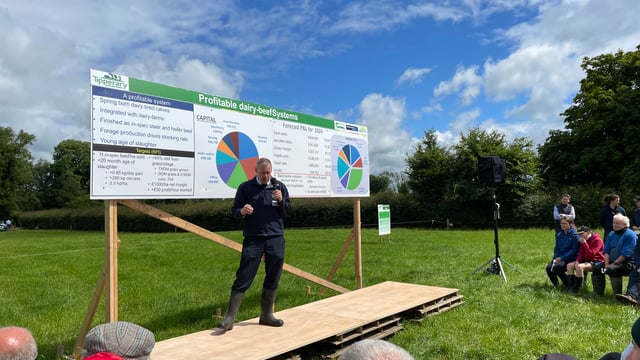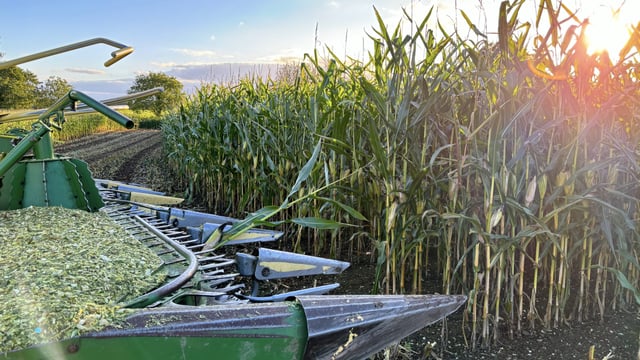Does your milking machine need to be serviced?
It is time to see whether or not your milking machine needs to be serviced, as we have now reached a quiet time of the year in between first and second cut silage.
It is easy to get caught with other jobs on the farm, and quite often, the milking parlour can be neglected.
Milking machines are typically only serviced when issues such as high somatic cell count (SCC) and mastitis arise.
You should not let your machine get to that stage, as it should be serviced before it starts affecting your cows health and production.
Ensuring proper maintenance of your milking parlour is a key contributor to maintaining udder health and preventing issues such as mastitis.
A milking machine should be serviced twice a year by a registered technician, which equates to approximately every 550 hours of work.
If you have not got your machine serviced in a while, scheduling a technician as soon as possible should be a priority, as you don't want to wait for issues like an increase in SCC or mastitis to arise.
You should regularly check the inside of the liners as they should be soft and smooth without any cracks or roughness.
Liners are the only part of the milking parlour in direct contact with the cow, which has the potential to affect teat health and milking efficiency.
When your liners are worn, they will reduce milking performance, damage the teat and will give rise to the risk of mastitis and cross-contamination.
After a while, liners will lose their tension which means they will absorb fat, hold bacteria, and deteriorate due to the cleaning products going through them twice-a-day.
Liners should be replaced every 2,000 milkings or every six months, whichever comes first and for herds that have expanded in recent years and still using the same parlour, the frequency of liner changes needs to increase.
The following calculation can be used to work out the number of days between linear changes:
For instance, if you are milking 140 cows in a 16-unit milking parlour twice a day, liners should be changed every 115 days.
This means that the liners in this parlour need to be changed at least twice-a-year in a spring calving herd with a two-month dry period.
A general rule of thumb to help work out how often the liners need to changed is based on the number of rows of cows being milked at each milking and is as follows:
- Eight rows: change liners every four months;
- 12 rows: change liners every three months.
It is also important to make sure your teat sprayers are serviced so that any blocked or faulty nozzles are replaced.





